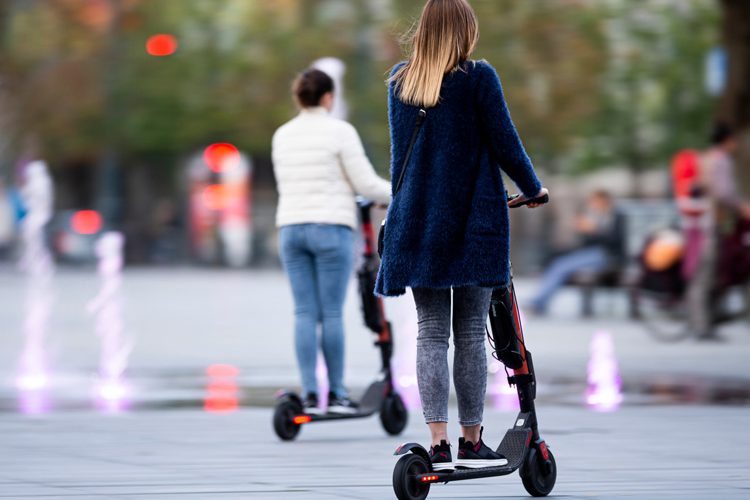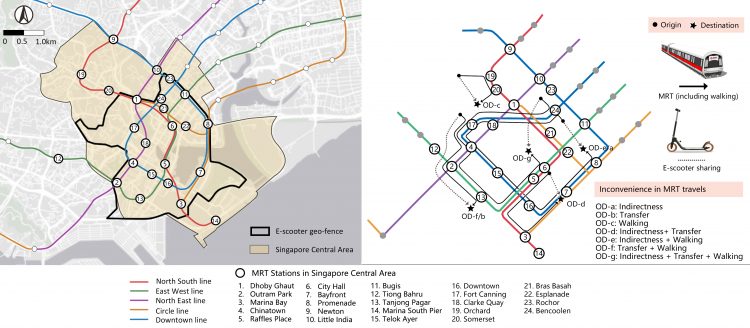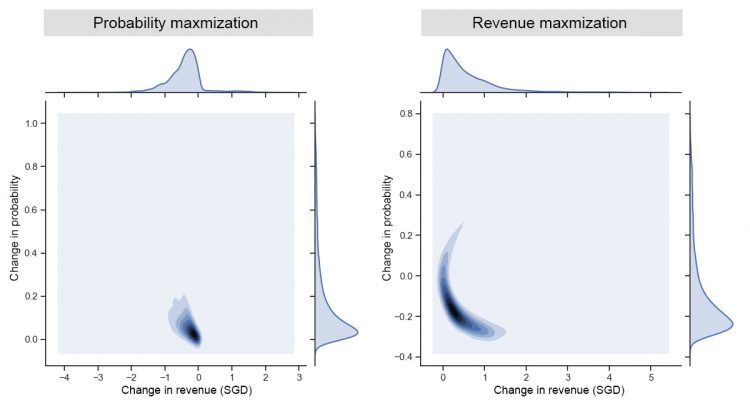Can e-scooter sharing serve short transit trips in Singapore?
- Like
- Digg
- Del
- Tumblr
- VKontakte
- Buffer
- Love This
- Odnoklassniki
- Meneame
- Blogger
- Amazon
- Yahoo Mail
- Gmail
- AOL
- Newsvine
- HackerNews
- Evernote
- MySpace
- Mail.ru
- Viadeo
- Line
- Comments
- Yummly
- SMS
- Viber
- Telegram
- Subscribe
- Skype
- Facebook Messenger
- Kakao
- LiveJournal
- Yammer
- Edgar
- Fintel
- Mix
- Instapaper
- Copy Link
Posted: 7 July 2021 | Jinhua Zhao, Xiaohu Zhang, Zhejing Cao | No comments yet
Researchers from the Singapore-MIT Alliance for Research and Technology (SMART) investigate the potential of using e-scooter sharing to improve the overall efficiency of urban transportation through serving short-distance transit trips.


E-scooter sharing has emerged as a new micromobility service in many cities after various start-ups sprouted around the globe in recent years.
E-scooter sharing provides a convenient transport mode for short-distance trips. While many may recognise its enhancement of last-mile connection to public transit, the potential of using shared e-scooters to serve short transit trips and thus improve overall transportation efficiency has not been extensively investigated.
This study was thus initiated to understand the possibility of using e-scooter sharing for short-distance transit trips with a case study in Singapore. The findings were published in a research paper E-scooter sharing to serve short-distance transit trips: A Singapore case in the Journal of Transport Research Part A: Policy and Practice.
In the Singapore Central Area (SCA), while Mass Rapid Transit (MRT) is efficient for most trips, it can be inconvenient to take some short-distance trips with MRT because of excessive indirectness, multiple transfers, and long access-egress walking. To provide alternative transport options for short-distance trips in the SCA, some e-scooter sharing companies, like Neuron, launched their service in 2018. These new micro-mobility services may offer a competitive option for short travels in the SCA, reducing walking distances and without the need for any transfers.


Stated preference survey on e-scooters
A stated preference survey was conducted among Neuron e-scooter users. Mixed logit models were also constructed to examine factors influencing the choice of e-scooters and transit. Higher fares, transit transfers, and transit access-egress walking distances were found to have significant negative impacts on the mode utility of MRT. Higher levels of transit indirectness, more transfers, and longer access-egress walking would result in a higher probability of using e-scooters.
In particular, male, young and high-income groups were more heterogeneous in e-scooter preferences, meaning there was a higher uncertainty to infer mode choices of these groups.
Additionally, sociodemographic features, such as gender and age, affected the intensity of how fare and transit transfer influenced mode choice.


Balancing profit and mode share
The objectives of e-scooter companies and urban transport authorities are not always aligned. The profit-driven companies usually prioritise areas with a high return and are less concerned about social welfare or transportation equity. When analysing the trade-off between making more revenue and serving more e-scooter trips under varying fare scenarios, we found that the loss of mode share can be significant if there is a single-minded focus on revenue. On the other hand, it is possible to prevent a substantial loss in mode share with only a small sacrifice in profit.
This work can inform operators, planners and policy-makers on how to harness and regulate this new mobility service. It provides suggestions on deploying shared e-scooters to satisfy the demand unmet by transit, especially where transit travels have greater indirectness, transfer, and access-egress walking distance. For example, in SCA, the optimal locations to supply e-scooters are either at points far from any transit station or around transit stations that have a high possibility of transfers to other stations.


Furthermore, e-scooter supply strategies at different locations can be varied according to the sociodemographic features which influence e-scooter preference and mode choices. For instance, in areas where people are more sensitive to transit transfer, a higher number of e-scooters can be provided in anticipation of higher demand.
When public authorities and private operators find themselves in conflicting positions over serving a greater number of individual trips versus seeking more revenue, the trade-off can be gauged to achieve a proper balance. As the Singapore Land Transport Master Plan 2040 highlights the importance of harnessing the strength of new mobility services to provide more point-to-point transport options, smart regulations on e-scooters are needed to ensure the sustainability of this new mobility. Possible means of regulation include administrative measures (ie issuing operator permits which require operators to serve inconvenient short transit trips at certain designated locations) or economic interventions (ie subsidies to operators provided by public authorities).
Biographies














